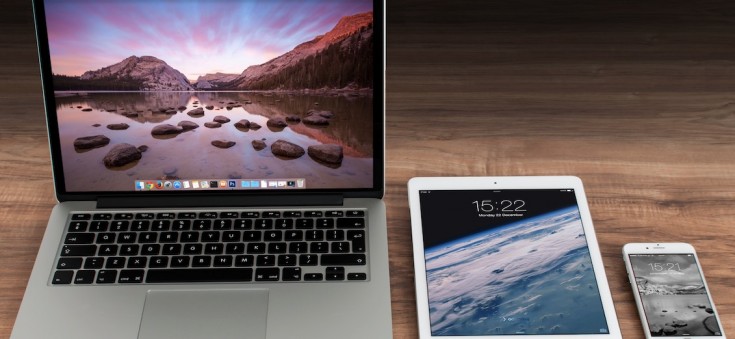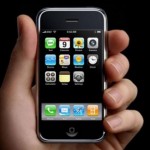
From Smartphone to Multi-screen Generation
Technology screens surround us everywhere and every day. In fact, many people struggle to remember a time when one couldn’t quickly pull out a smartphone and find the answer to any question by simply googling it. The smartphone was a key player in the rise of multi-screening and at the forefront of it all, was the first iPhone.
Paving the way

iPhone 2007
It seems like a very long time ago now, but Apple didn’t actually release its first iPhone until 2007. The technology that was packed into this device wasn’t entirely new; however, the first iPhone combined many features that would lead to a change in the expectations people had of their phones.
It did away with a separate keypad by incorporating it into the touchscreen. The operating system also resembled that of a small computer rather than a regular phone. It was, in fact, a tiny computer, which also happened to have the function to make phone calls.
This revolutionised what people wanted in a phone. The smartphone was born. In November 2009, the G1, the first Android phone was launched and in early 2011, research showed that in the last three months of 2010 more smartphones than PCs were sold.
From then on the tiny device was unstoppable. Technology to make these gadgets better and faster was developed rapidly. Touchscreens had become the norm and each phone came with GPS, a decent camera, and internet access. In essence, phones transformed from being mere phones to being mini-computers, we could take anywhere.
One screen isn’t enough anymore

Multi-screens
Even if we don’t like to admit it, most of us regularly use more than one screen at a time. It’s no longer enough to just watch a film on our TV. At the same time, we’ll play with our phone, check social media channels or do some online shopping on our tablet. Businesses have taken note of this and marketers started to adapt their campaigns to take this development into consideration.
Each device has its own strengths and we’ve become very good at recognising, which device is best suited for a specific task. We can, for instance, turn a smartphone into a remote control, with which to change the channel and the volume on our TVs. Another device, which can be used to share content is the Google Chromecast. Once you install the app on your phone or the extension on your laptop, you can simply “cast” photos, videos or entire tabs from your device onto your big-screen TV.
The possibilities are endless. Nowadays, you can even use multi-screen technology to pour your friends a virtual beer. Therefore it’s no surprise that consumers demand better technology to ensure that sharing content across platforms is a smooth and easy experience.
The rise of the smartphone has influenced huge parts of our lives including how we stay in touch with friends and family, our shopping habits and how we consume media. The multi-screen generation has quickly become a powerful driving force behind the development of new technology.
Sources:
http://www.usability247.com/blog/the-multi-screen-generation-multiplatform-thinking/ https://www.blurgroup.com/blogs/marketing/marketing-to-the-multi-screen-generation/ http://www.dailymail.co.uk/sciencetech/article-2021722/Health-fears-children-watch-TV-using-iPads-phones-laptops.html
http://www.thesnugg.com/a-brief-history-of-smartphones.aspx
